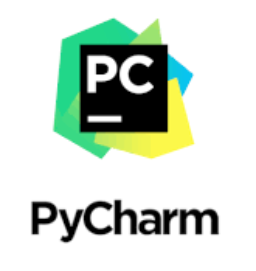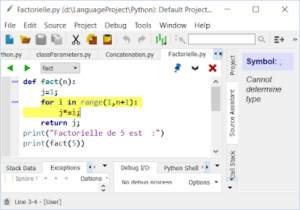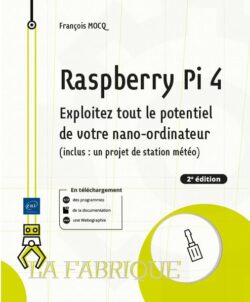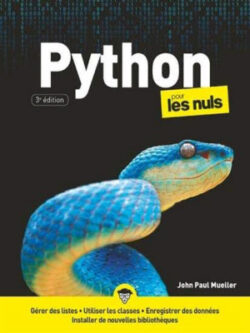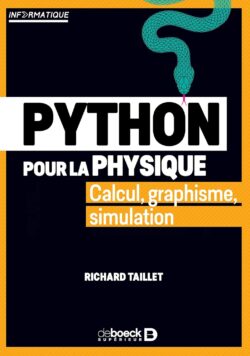1. What is an IDE ?
An IDE is an Integrated Development Environment (IDE) it's a software application that provides a comprehensive set of tools and features to facilitate software development. It serves as a centralized environment for developers to write, test, debug, and manage their code more efficiently.
IDEs typically offer the following key components and functionalities:
- Code Editor: An editor with features like syntax highlighting, code completion, and code formatting that helps developers write and edit code with greater ease and accuracy.
- Build and Compilation Tools: Tools that automate the build process, including compiling, linking, and generating executable files or deployment packages.
- Debugging Tools: Debuggers that allow developers to step through their code, set breakpoints, inspect variables, and track program execution to identify and fix issues.
- Version Control Integration: Integration with version control systems (e.g., Git) to manage source code changes, track revisions, and collaborate with team members.
- Project Management: Features for organizing and managing projects, including file navigation, project templates, and project-specific configurations.
- Testing Framework Integration: Integration with testing frameworks to write and run automated tests, ensuring code quality and identifying potential bugs.
- Code Refactoring: Tools that assist in restructuring and improving code without changing its behavior, enhancing readability, maintainability, and performance.
- Documentation Generation: Capabilities to generate documentation from code comments or annotations, aiding in project documentation and code understanding.
- Integration with External Tools and Plugins: Support for integrating external tools, plugins, and extensions to enhance functionality and cater to specific development needs.
Conclusion
IDEs provide a unified environment that streamlines the development process, making it easier for developers to navigate, manage, and work with their code. They promote productivity, collaboration, and code quality by offering a range of features and tools that help developers write, test, and maintain their software efficiently. IDEs are widely used in various programming languages and are essential for modern software development workflows.
2. VSCode
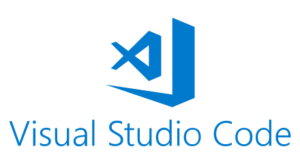 VS Code: VS Code is a free, open-source code editor developed by Microsoft. It supports various programming languages, including Python, and provides features such as debugging, auto-complete, and Git integration.
VS Code: VS Code is a free, open-source code editor developed by Microsoft. It supports various programming languages, including Python, and provides features such as debugging, auto-complete, and Git integration.
3. PyCharm
PyCharm: PyCharm is a popular IDE for Python developed by JetBrains. It provides code analysis, debugging, testing, and intelligent code completion, among other features. Jetbrain distributes PyCharm under three licenses: Community edition, Apache License 2.0 and Professional edition in Trialware
4. Spider
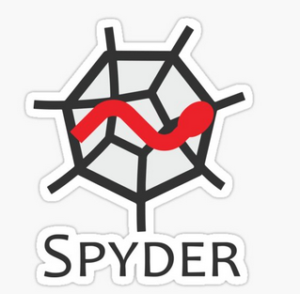
Spyder: Spyder is a scientific Python IDE designed for data analysis, scientific computing, and machine learning. It provides an interactive development environment with features such as variable explorer, integrated debugger, and code profiling.
5. Jupyter Notebook

Jupyter Notebook: Jupyter Notebook is a web-based interactive development environment designed for data science and machine learning. It supports various programming languages, including Python, and provides an interactive interface for running code and visualizing data.
6. Wing IDE
Wing IDE: is an integrated development environment (IDE) for Python programming language. It provides a comprehensive set of tools for writing, debugging, and testing Python code, as well as supporting web development with Django and Flask frameworks. Wing IDE is available for Windows, macOS, and Linux operating systems, and offers both a commercial and a free version.
7. PyDev
PyDev: PyDev is an open-source Python IDE for Eclipse. It provides features such as code completion, debugging, and unit testing.
8. IDLE

IDLE: IDLE is a basic Python IDE that comes with the Python programming language. It provides features such as syntax highlighting, code execution, and debugging. Note that for this IDE no installation is required, it comes with all Python distributions!
Each of these IDEs has its own strengths and weaknesses, and the choice depends on the specific requirements of the project and personal preference.
Younes Derfoufi
CRMEF OUJDA
